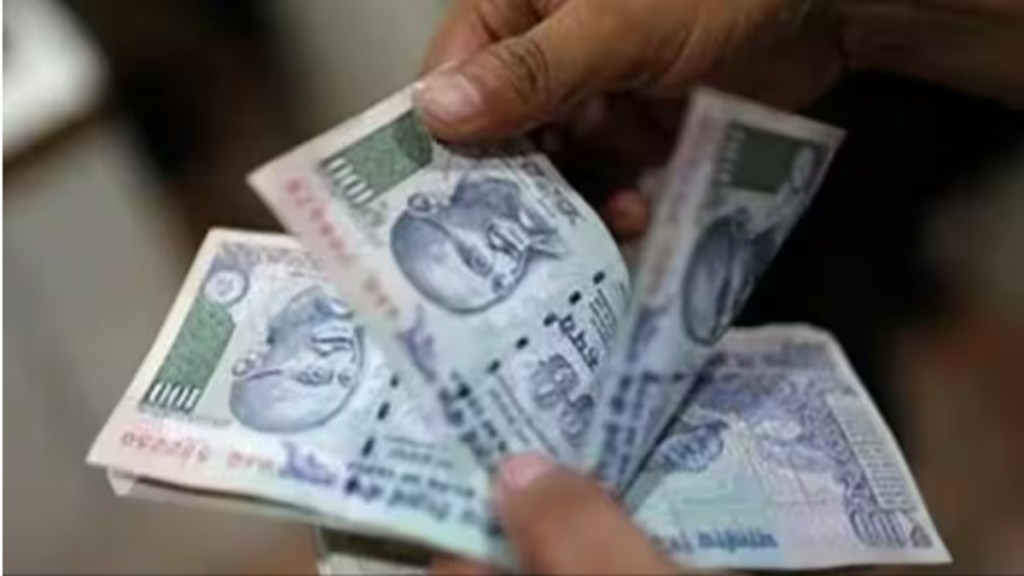Retail inflation in the food basket declined to 6.56% in September on year from 9.94% in August, due to a sharp fall in prices of vegetables especially tomato and potato, edible oils and meat products.
In July , 2023, the consumer food price index had risen by 11.5% on year because of higher tomato and cereals prices.
Tomato inflation declined by 21.48% last month on year because of improvement in supplies from the key producing states of Maharashtra and Karnataka, while inflation in the key vegetable was high at 179% (August) and 202% (July) as floods in Himachal Pradesh and Uttarakhand disrupted the supplies.
According to department of consumer affairs, modal retail prices of tomatoes, which had crossed Rs 150/kg in July and August, are currently ruling at Rs 20/kg. Negative inflation of 15.75% in potatoes last month also contributed to a decline in inflation in vegetable basket to 3.39% from 26.14% in August.
However, the onion retail inflation rose by 35.82% last month because of supply constraints due to output hit by un-seasonal rains early this year in Maharashtra and Karnataka and the government had imposed 40% export duty on exports of kitchen bulbs to improve domestic supplies.
Overall cereals inflation last month was still at double digits (10.95%), a marginal decline from 11.85% in August because of some softening of wheat prices.
Rate of increase in wheat prices declined further to 7.93% last month from 9.3% in August on year because of improvement in supplies due to open market sale being carried out by the Food Corporation of India (FCI). The corporation is aiming to sell 5 million tonne (MT) of wheat in the open market by end of the year.
Retail rice prices rose by 11.9% in September, a marginally lower from the previous month. The government has banned exports of white rice and imposed 20% export duties on par-boiled rice to improve domestic supplies.
While stating that the food inflation remained at the elevated level, Aditi Nayar, chief economist, ICRA said “the uneven monsoon, lag in sowing of crucial kharif crops such as pulses and oilseeds and modest reservoir levels do not augur well for the outlook for food inflation,”.
Inflation in pulses in last month was 16.38% compared to 13.04% in August while arhar variety of pulses reported a price rise of 37.34% last month. Decline in production and robust demand are the key factors that contributed to the rise in pulses inflation.
The inflation in ‘spices’ rose to 23.06% in September as jeera (cumin seeds) prices rose sharply by 122.75% last month. Global and domestic supply constraints have pushed up jeera prices sharply since the beginning of the year.
Inflation in oil and fats categories declined by 14.04% last month. For mustard oil, prices declined by 18.44% in September 2023. Inflation in refined oil (sunflower, soybean and palm) also declined by 22.6% last month on year because of a decline in global prices of edible oil and bumper domestic output.
India imports about 56% of the total annual edible oil consumption of around 24 to 25 MT.
Milk inflation last month was 6.89%, marginally lower from the previous month


